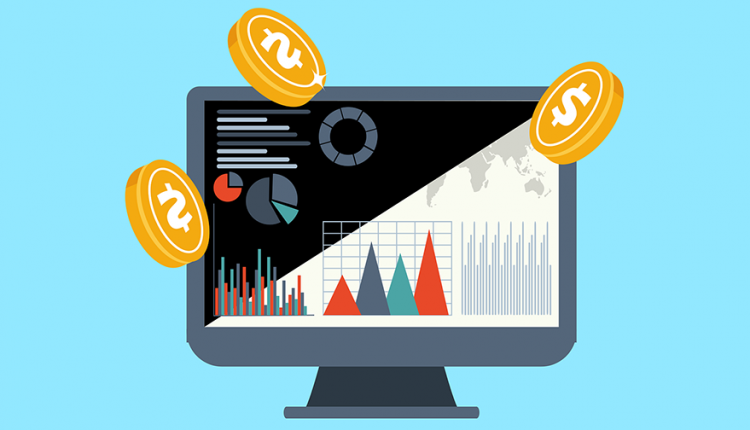SaaS (Software as a service) is a cloud-based IT infrastructure that offers software system access based on a subscription model. This allows accessing a variety of software programs through a browser without needing to have everything set up on company hardware.
When it comes to banking and financial services, SaaS solutions have been particularly helpful in developing the sector’s IT infrastructure. These include advancements in open banking, digital payments and many more.
According to Anton Zujev, the Head of Business Development and Sales at Fininbox, a provider of banking SaaS for financial institutions, the detailed structure of SaaS is supposed to boost the performance of companies in finance and banking. “Due to cloud-based solutions, SaaS should optimize both workloads and assets. There is no need to work with a number of different IT systems and hardware which may be difficult to manage all at once in-house. SaaS helps clients to save time and money when it comes to setting up,” said Zujev.
The expert also marks that few SaaS companies provide full services exactly for banking and financial institutions. Therefore, relying on them may not be beneficial. As stated by Zujev, many SaaS companies are relying on the solutions offered by their partners rather than their own work.
“Such an approach has its own pros and cons. A conglomerate of different IT vendors can offer the flexibility of choosing the solution or service that might better fit your business case at the beginning stage, yet relying on many integrations may not pay off for most customers, while also introducing a challenge of managing many SLAs and vendor relationships.”
While elaborating on this point, Zujev distinguishes the most efficient way to build banking SaaS. “First of all, the company must provide both extensive back-end and whitelabel front-end, thus offering the full-range service a new challenger bank may need. If a digital payment company wants to become a proper bank – SaaS providers should be ready to help by enabling extra functions and products without additional development.
“Scalability, flexibility and ease of integration via APIs with clients or 3rd party systems are also important. The client can design their business development across several regions or audiences with fewer obstacles and unnecessary costs.”
Finally, the expert believes that the current approach towards SaaS requires re-development. “There is a lot of potential, yet refurbishment of SaaS we have now is generally needed. A brand new system ensuring a wide range of services along with unlimited opportunities for business development is necessary in order to make this field more competitive and reliable amongst both providers and customers,” added Zujev.

